Groups of Death in World Cup History

Groups of Death in World Cup History
2010 | Group G | Brazil/North Korea/Ivory Coast/Portugal

Two countries ranked in the top five in FIFA's world rankings and the second highest-ranked team from Africa make Group G the Group of Death for South Africa 2010. Five-time World Cup champions Brazil will face off against Portugal (ranked fifth in the world), the dangerous attack of Ivory Coast and unenviable underdog North Korea. Storylines abound: Brazil and Portugal will face each other in a colonial clash of Goliaths, while Ivory Coast's bevy of European stars can score in bunches, and you never know what to expect from the ever-enigmatic North Koreans. The bottom line is that at least one of the big three countries will not advance, and the certainty that Kaká, Cristiano Ronaldo or Didier Drogba will be sitting at home after the first round is what makes this the 2010 Group of Death.
2006 | Group C | Argentina/Netherlands/Ivory Coast/Serbia
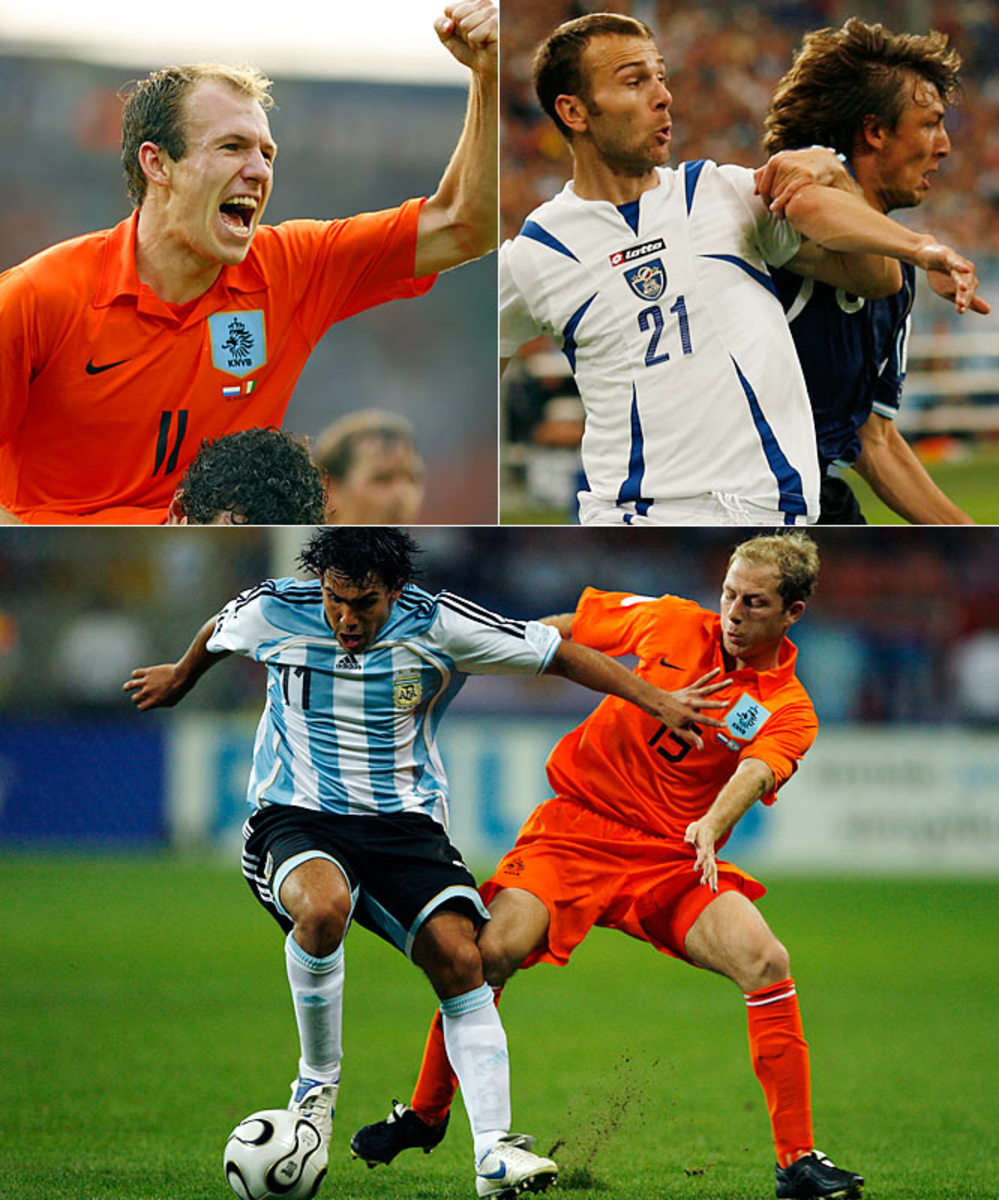
Germany's 2006 event featured two strong Group of Death candidates, with Group E producing eventual Cup-winner Italy, surprise second-place finisher Ghana, pre-tournament heavyweight Czech Republic and the feisty United States. Group C, however, was considered more lethal, as it featured two powerhouse nations, Argentina and the Netherlands, as well as promising Cup debutantes Ivory Coast and Serbia & Montenegro. Though initially predicted to be a competitive table, the traditional favorites ultimately had their way with the group, and both Argentina and the Netherlands advanced easily, with the South Americans reaching the quarterfinals.
2002 | Group F | Argentina/England/Nigeria/Sweden

From the moment the tournament draw took place for Korea/Japan 2002, Group F was regarded incontrovertibly as the Group of Death. It lived up to its billing. No team won more than one game in arduous group play, and low-scoring ties were the name of the game, with just one match featuring more than two goals. Argentina had been the seeded squad and a title favorite, but an altogether mediocre showing spelled doom, a third-place finish and a flight back home. Nigeria, a group winner just four years earlier, managed just one point and plummeted to the bottom of the table in '02. Europe ruled Group F, with Sweden and David Beckham's (upper left) England tying on points and advancing to the second round, with Sweden winning the group on goals scored.
1998 | Group D | Spain/Nigeria/Paraguay/Bulgaria

Having expanded from 24 to 32 teams at France '98, each group could now definitively only send its top two teams on to the second round. That made Group D all the more competitive, and several surprises ensued. Spain, the favorite, failed to advance despite posting the best goal differential in the group (plus-4), and the darling of the '94 Cup, Bulgaria, also went home. Group winner Nigeria and second place Paraguay proved the odds-makers wrong by advancing, though both were eliminated in the knockout stage.
1994 | Group E | Italy/Ireland/Mexico/Norway
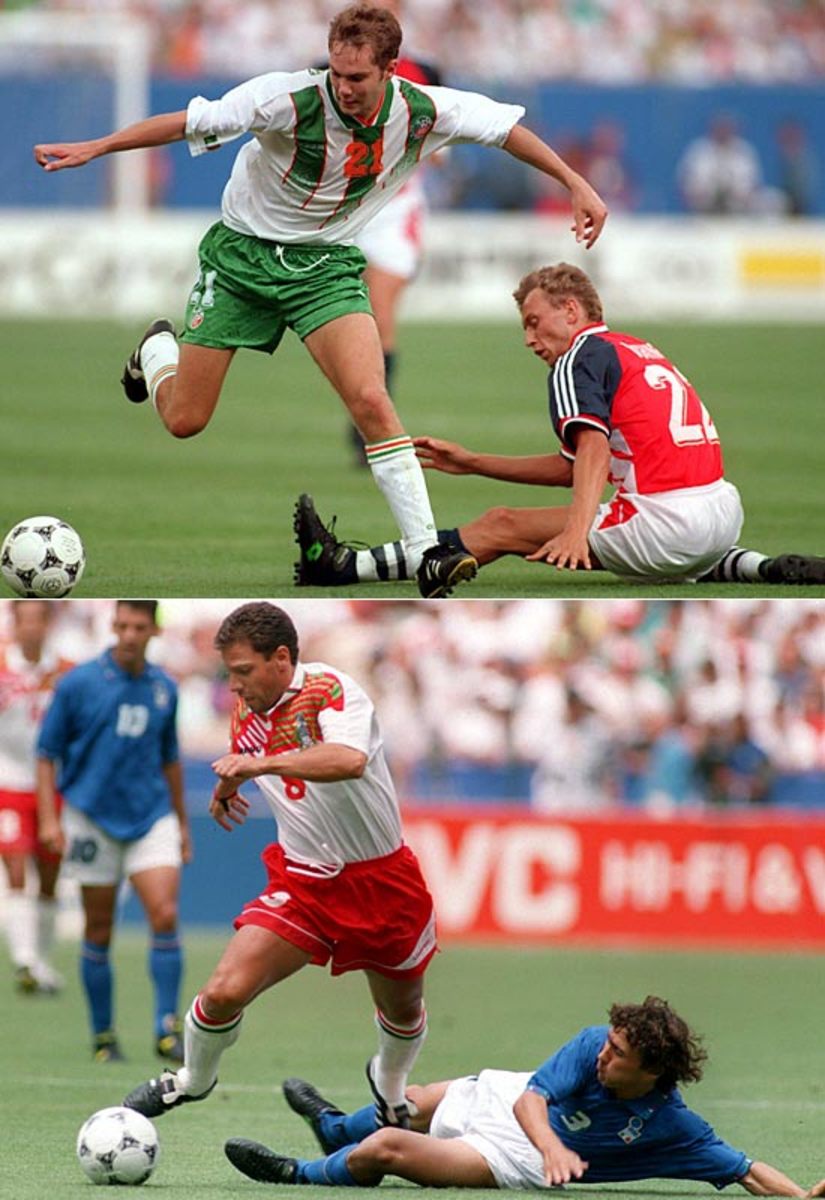
USA '94 entertained a Group of Death characterized by extreme parity -- in fact the teams were as equal as they possibly could have been. All four teams in Group E finished the first round with four points and all four had equal goal differentials of zero, the only time that has ever happened in World Cup history. For the second year in a row, three teams advanced -- Mexico, Republic of Ireland and Italy -- while Norway was the unlucky odd man out, having scored the fewest goals. Italy rode striker Roberto Baggio to the final, where it lost in penalty kicks to Brazil, when Baggio uncharacteristically sent the ball sailing over the crossbar.
1990 | Group B | Argentina/Romania/Cameroon/USSR
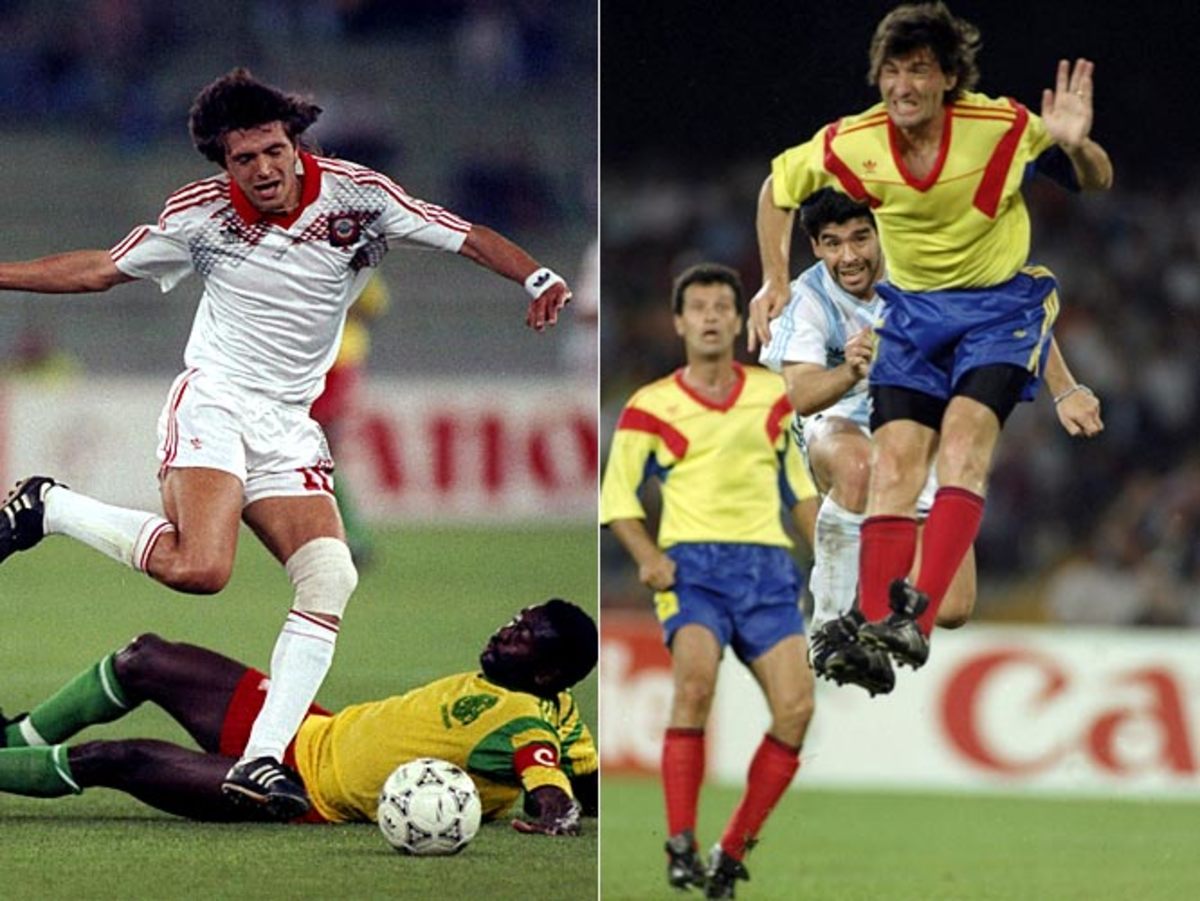
The first match of Italy '90 both symbolized and foreshadowed the shocking nature of Group B, which unpredictably became the Group of Death. Despite finishing the game with only nine men, Cameroon stunned defending champion Argentina 1-0 in the opener, and went on to win a tight group. Only two points separated the last-place USSR (competing for the last time as the Soviet Union) from first-place Cameroon, which was routed by the Soviets 4-0 in the final match of group play, demonstrating the parity of the table. The Africans' Roger Milla -- and his eccentric goal celebrations -- was the unlikely yet lovable star of a group that advanced three teams to the next round: group winner Cameroon, along with Romania and eventual Cup runner-up Argentina.
1982 | Group C (Second Round) | Italy/Brazil/Argentina
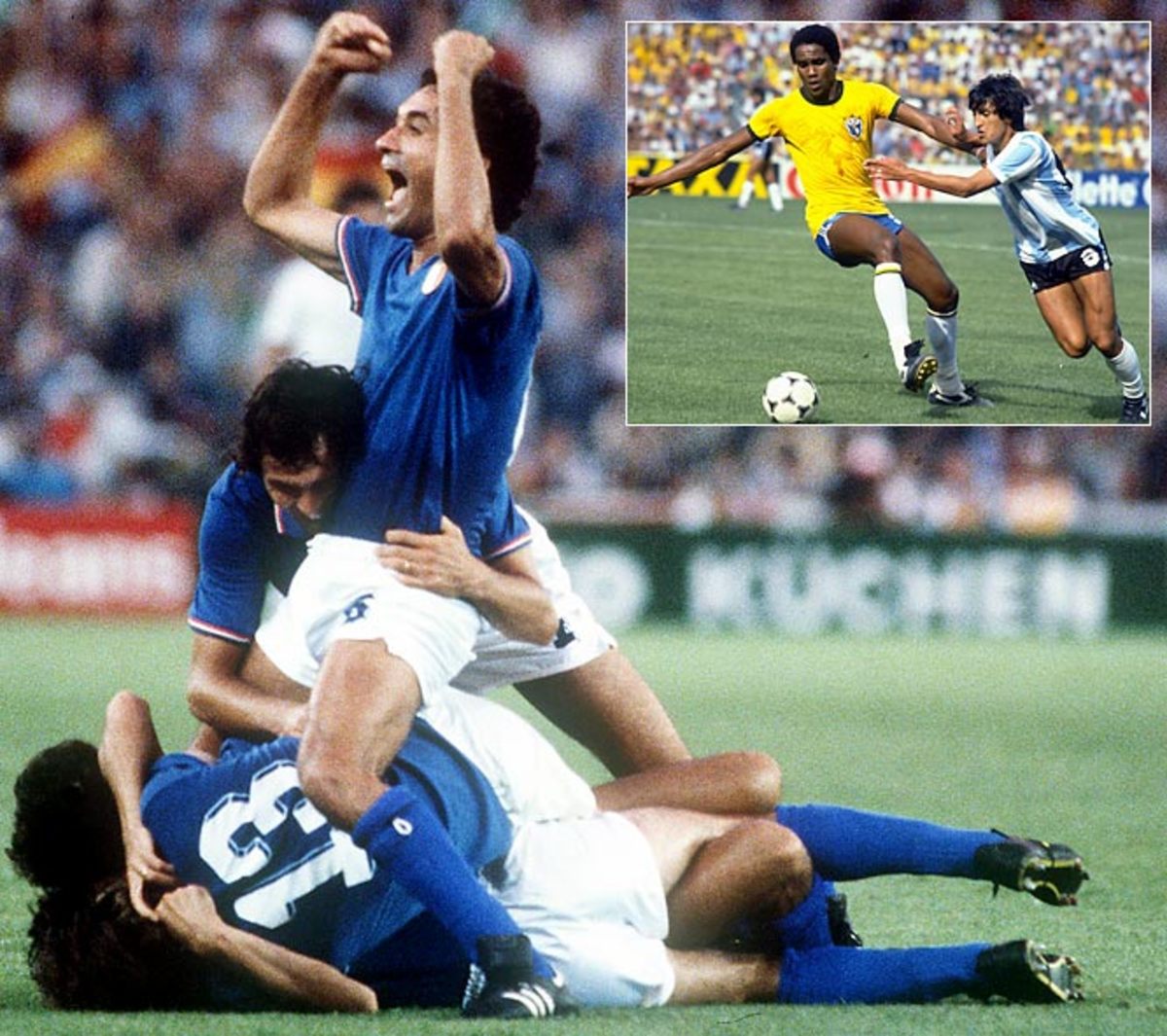
In the last World Cup that featured a second-round group stage (in 1986, the current second-round knockout format was adopted), Group C was the epitome of a Group of Death. The second round table consisted of three teams -- Argentina, Brazil and Italy -- that, among them, had won six of the 11 Cups played. The reigning champs, led by their midfield virtuoso Diego Maradona, bowed out winless while Brazil and Italy played what is widely considered one of the greatest matches in the history of the World Cup, a 3-2 Italy victory. Italian striker Paolo Rossi, who had not scored until that game, exploded for a hat trick, each time one-upping the irrepressible Brazilians' exquisite style of play. Rossi continued his scoring tear with three more, carrying the defensive-minded Italians to their third World Cup title, matching Brazil as the most successful country.
1978 | Group 1 | Italy/Argentina/France/Hungary
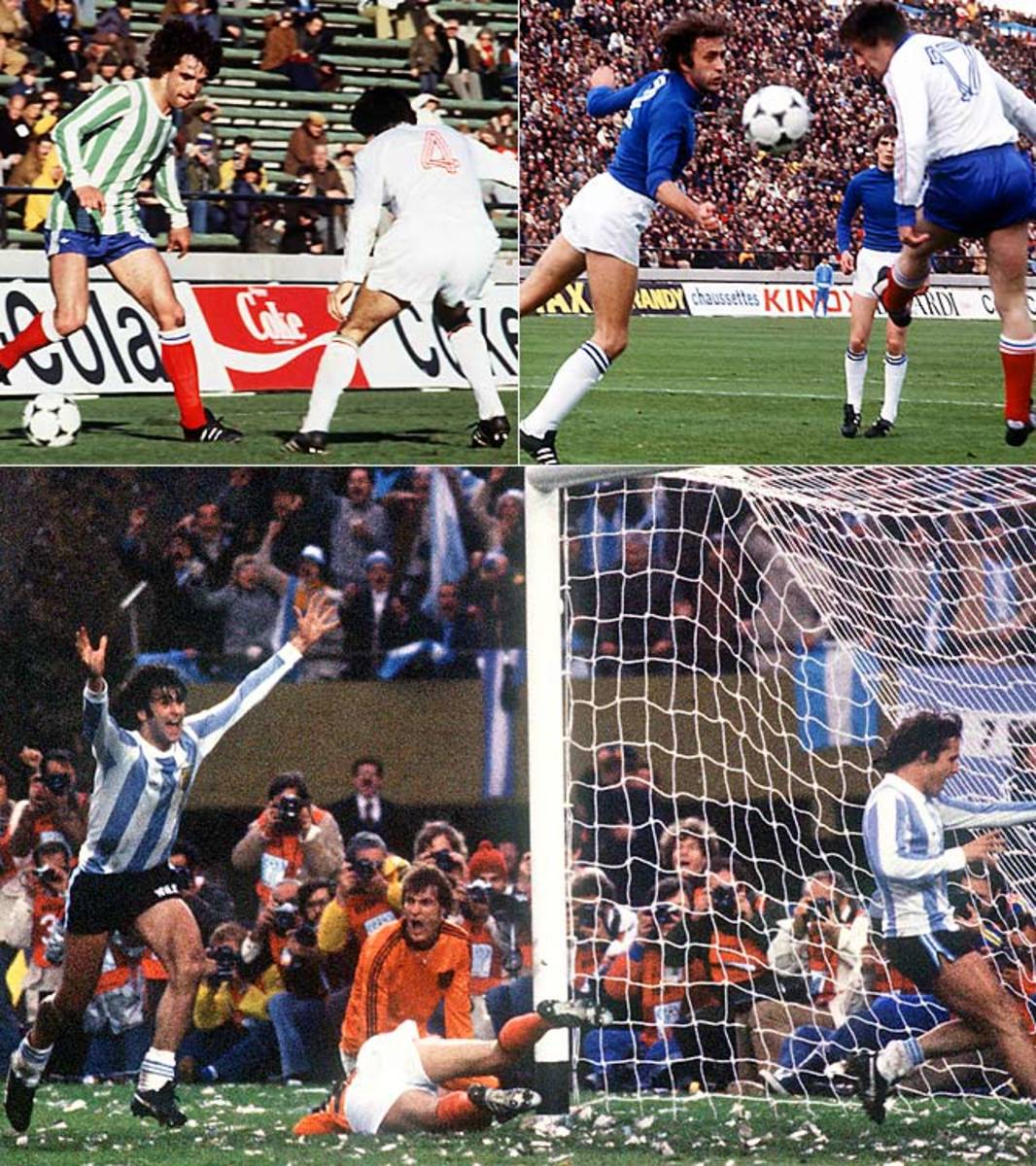
The Group of Death sobriquet was attached to Group 1 in 1978, when upstarts France and Hungary, who had been absent from the Cup for 12 years, joined juggernaut Italy and host Argentina. French maestro Michel Platini was the orchestrator of a brilliant midfield attack -- but France, along with Hungary, was ultimately no match for the group's heavyweights. Italy defeated Argentina 1-0 in the group's final match to win the group, but the hosts had the last laugh, as Italy finished fourth and the Argentines won their first World Cup.
1970 | Group 3 | England/Brazil/Romania/Czechoslovakia

Brazil and England were again members of a Group of Death in Mexico's 1970 affair, as they were saddled together with Romania and Czechoslovakia in Group 3. In Brazil and England, Group 3 possessed the winners of the past three World Cups, making advancement an onerous task for the Eastern European squads -- and indeed, the favorites progressed as expected. Despite the difficult table, Brazil went undefeated during group play, propelling them once more to the title in what is generally considered the great Pelé's pièce de résistance .
1966 | Group A | England/Uruguay/France/Mexico
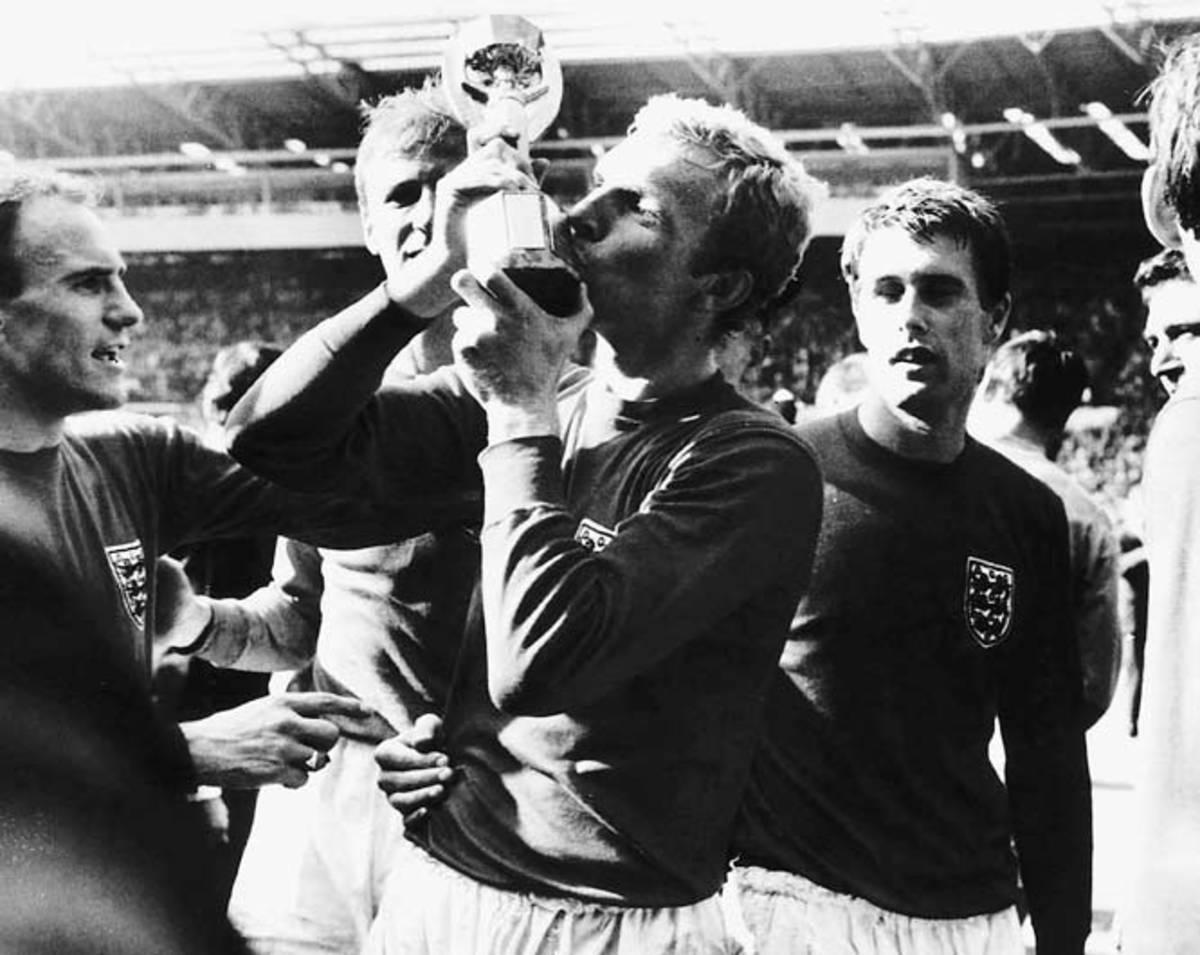
The Swinging Sixties were on display for the entire world to see at England '66, the first World Cup ever broadcast on television. The hosts would go on to win the Cup, but first they had to survive a brutal Group 1 table that included two-time champion Uruguay and up-and-comers Mexico and France. This Group of Death was marked by low-scoring, slug-fest matches, as England and Uruguay moved on despite having scored only six goals between them in six matches, tied for the fewest by advancing first round teams since 1950.
1958 | Group 4 | Brazil/USSR/England/Austria
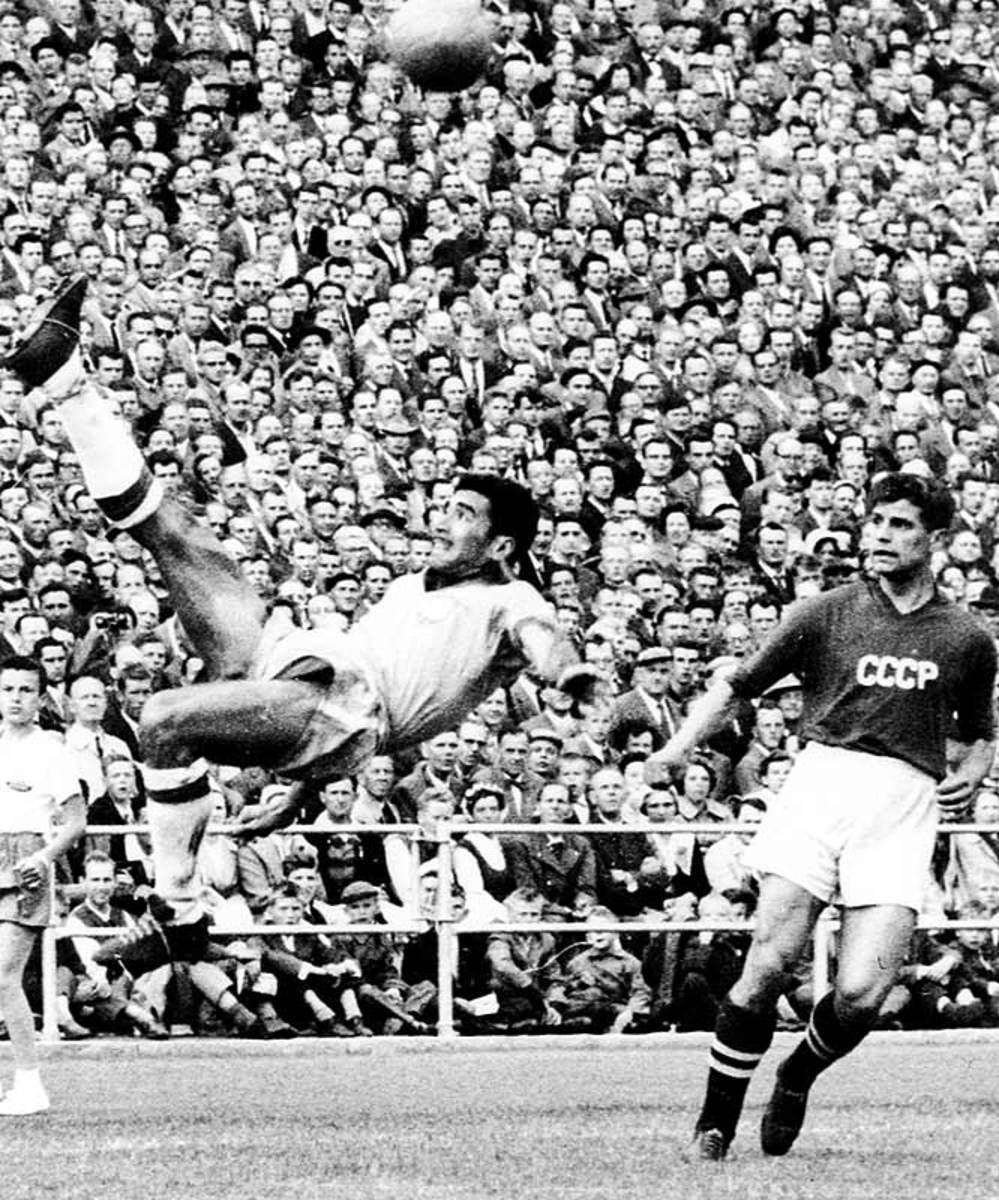
The 1958 World Cup in Sweden witnessed the first true Group of Death, with three traditional soccer powers competing and the USSR and England needing a one-game playoff to decide who would advance. Brazil progressed from Group 4 -- and ultimately won the Cup -- behind the deft dribbling of Garrincha and the precocious Pelé, who made his debut as a 17-year-old prodigy in Brazil's third group match against the Soviets, who also moved on by beating England in a playoff. Austria, overmatched by the three titans of the group, managed just a 2-2 tie against an England side weakened by the death of star Duncan Edwards in the Munich Air Disaster.
